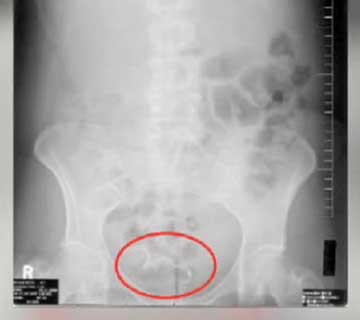Roughly 70% of retained surgical items are sponges, and roughly 80% of retained sponges occur with what staff believe is a correct count. No wonder OR managers are looking to technology to provide additional protections to the error-prone counting process that takes place in the clamor and chaos of the operating room.
A fatal case in point: In September 2017, a surgical team at Redding (Calif.) Mercy Medical Center left a sponge in a patient during bypass surgery to repair diseased blood vessels in his abdomen and groin. After surgery, the team did a sponge count and determined that all sponges had been retrieved. Ten days later, the patient died after suffering complications that included a cardiac-respiratory arrest. A postmortem abdominal X-ray revealed that a small sponge had been left in the patient's lower left abdomen, according to the California Department of Public Health.
An autopsy suggested that the man's death had been caused by several things, including peritonitis, or inflammation of the tissue lining the abdomen and covering abdominal organs, prompted by the sponge's prolonged presence in the patient's body.
It appears the hospital had followed its counting procedure, which states that "all sponges will be placed in the appropriate holders before the patient leaves the room. The physician must verify with the circulating RN that all holder pockets are filled and match the number on the dry-erase board."
The nurse and scrub technician who performed the counts in their usual manner told investigators that the pocketed sponge bag that was hung to place used sponges in had a partition that divided it down the middle. It had 2 slots on each side with 5 sections and could hold a total of 10 lap sponges, 1 sponge for each slot. She stated if the partition had become separated, 1 sponge could have covered 2 slots and looked like 2 sponges instead of 1.
In light of the incident, the nurse said they are now rolling the sponges so they fit the sponge holding bag better and making sure the ties for each sponge hang down. Each lap sponge has a blue tie approximately 7 inches long for the purpose of being visible when a patient is X-rayed. The X-ray-detectable marker is now placed where the team can see and count it (osmag.net/bEg4HP).
.svg?sfvrsn=be606e78_3)

.svg?sfvrsn=56b2f850_5)